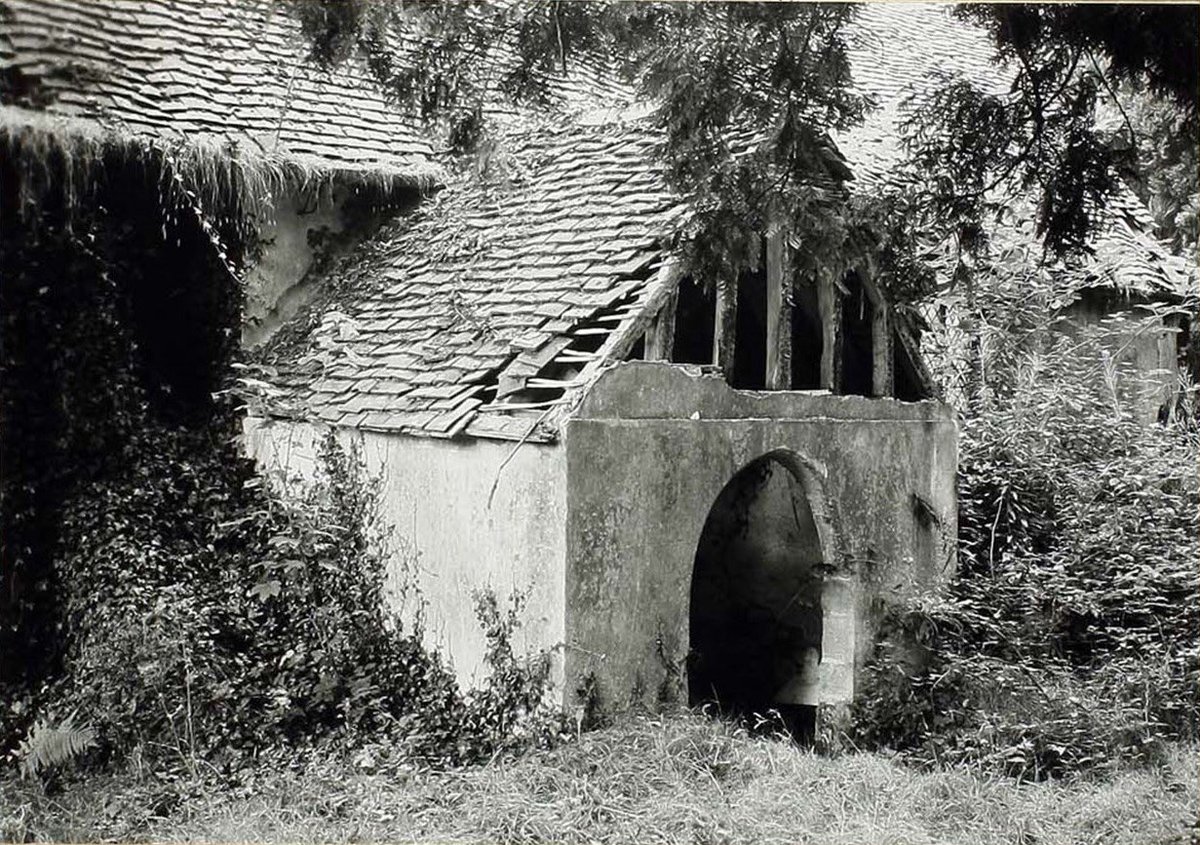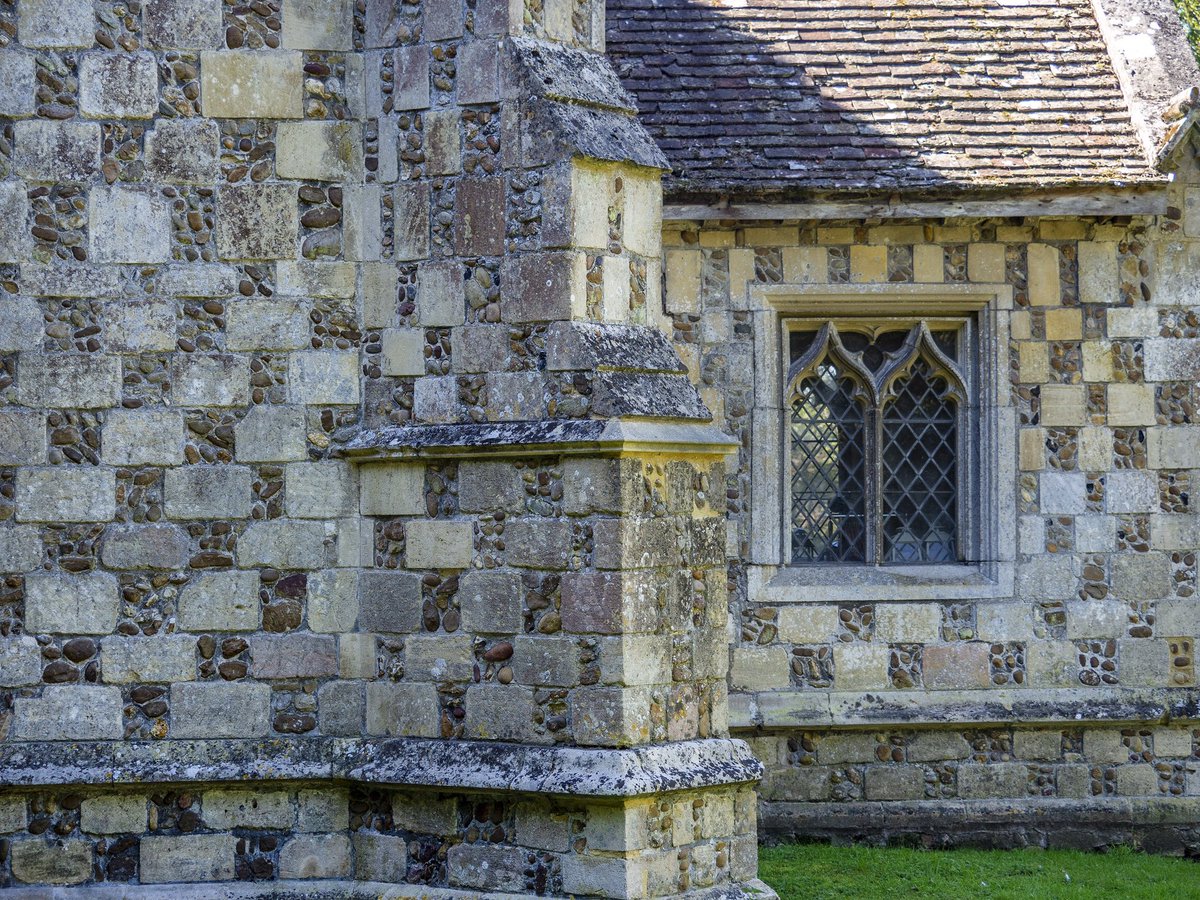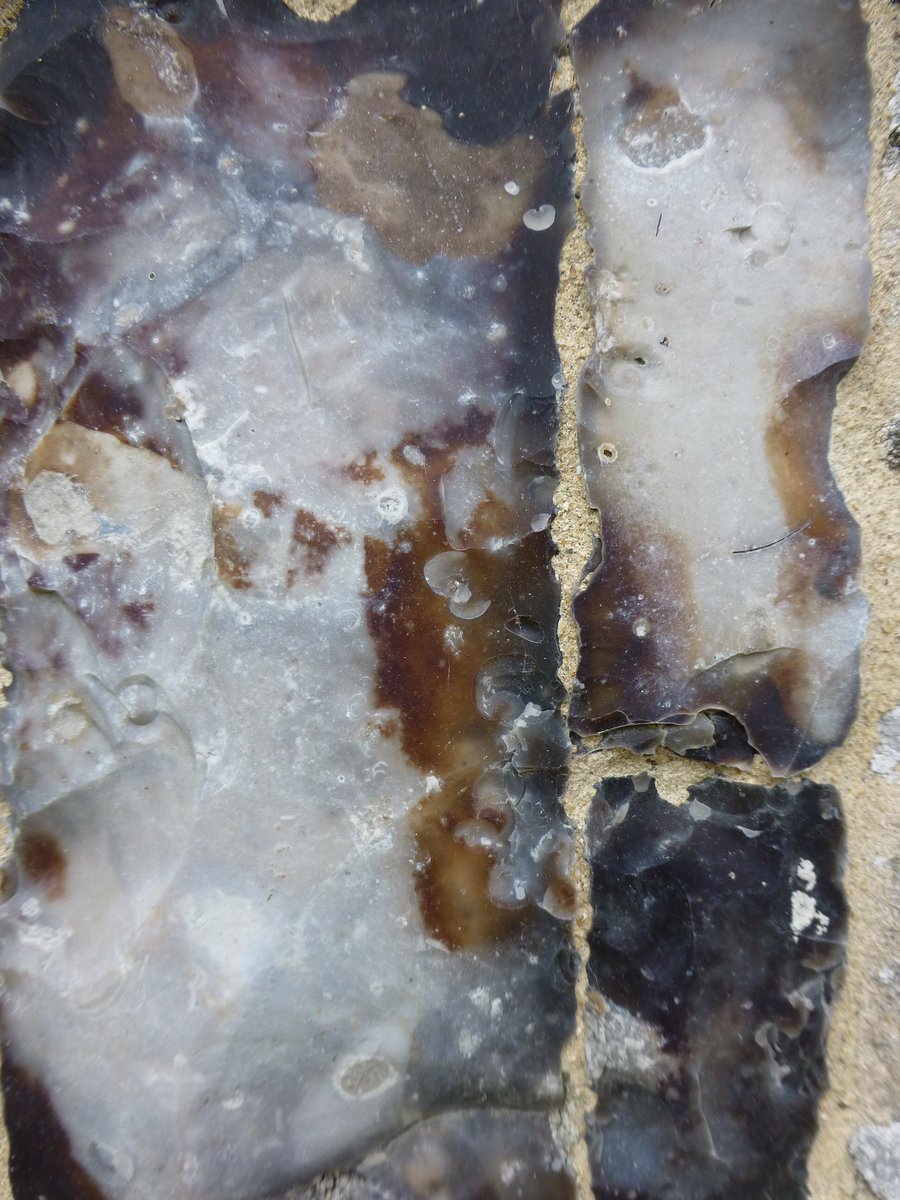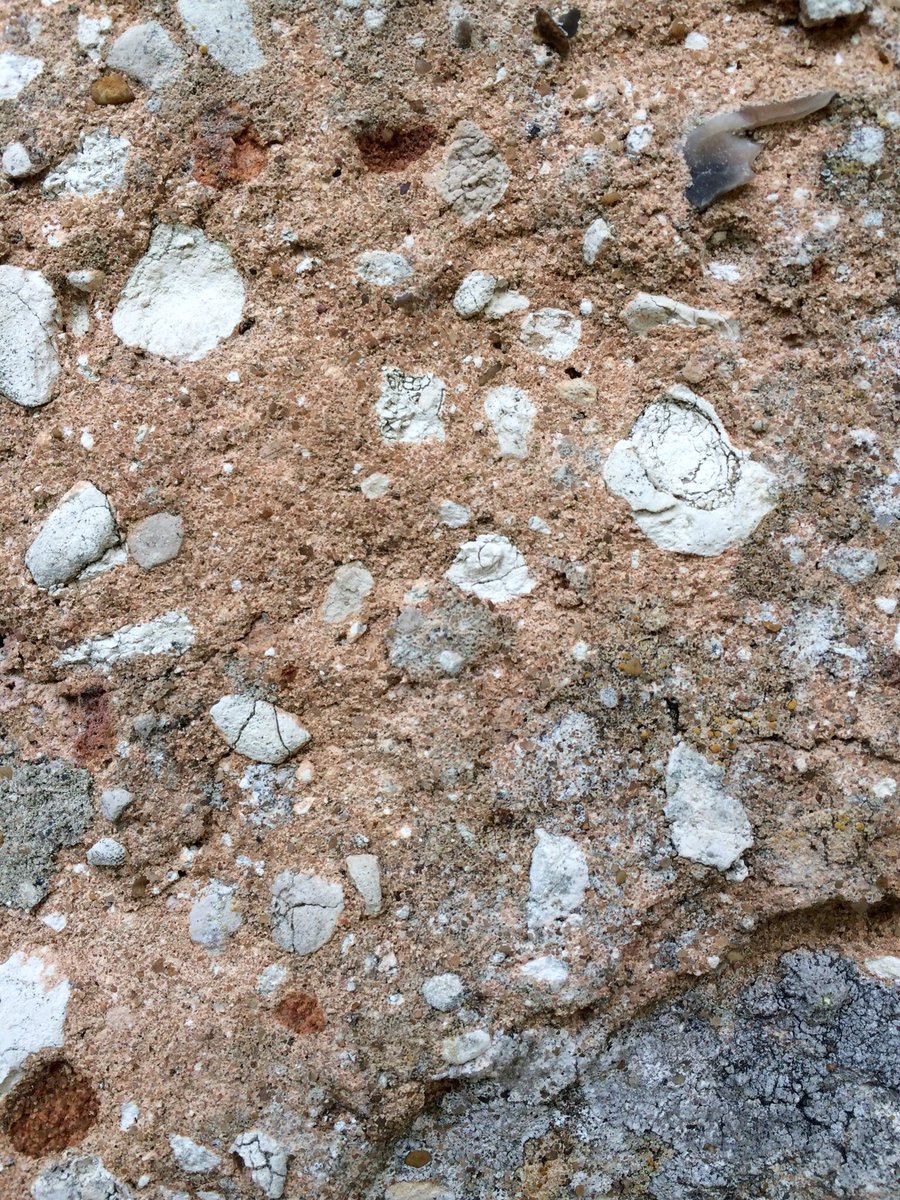
At St Mary’s, Eastwell the vitality of the frothy foliage balances the morbidity of the decaying church.
A picturesque lake created to the east of the church in the 1800s caused the collapse of building, as the chalk columns sucked moisture from the earth and crumbled...
#thread
A picturesque lake created to the east of the church in the 1800s caused the collapse of building, as the chalk columns sucked moisture from the earth and crumbled...
#thread

In the 1940s, Eastwell Park in Kent was taken over by the army for tank training exercises. Shocks from nearby explosions didn’t help the vulnerable structure. But in February 1951, after weeks of heavy rain the nave roof collapsed and took the arcade with it.
2/
2/

Six years later the church was dismantled. The bells were sold for scrap. The monuments found a new home in the @V_and_A.
A sad end for this lakeside beauty.
3/
A sad end for this lakeside beauty.
3/

We took the church into our care in 1980 and continue to gently care for it. Just this week we started a phase of repairs – mainly, removing the clawing ivy and consolidating loose elements of the flint walls, and repairing the roof and rainwater goods to the mortuary chapel.
4/
4/

All going well, works will be complete in mid-March. But in the meantime, we’ll share updates on the repairs to this venerable scheduled ancient monument on the Pilgrims’ Way.
5/
5/

• • •
Missing some Tweet in this thread? You can try to
force a refresh
























